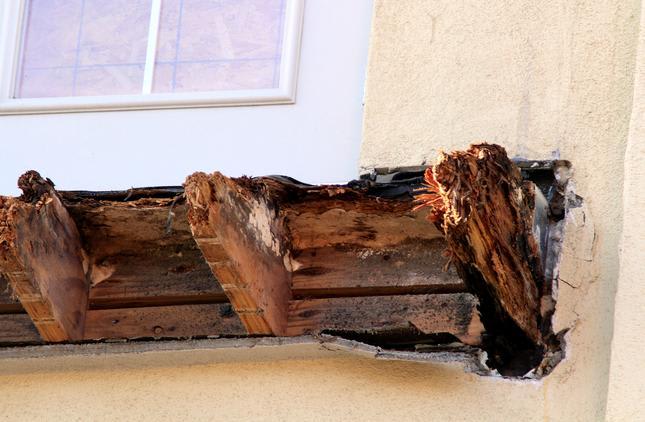Don_100
Structural
- May 28, 2018
- 2
Hello,
I have recently purchased a home currently under construction that includes an attached cantilevered wood deck
The deck details are...22’-0” long x 11’-0” wide with 2x10 joists at 16”
The joists have a 5’-0” cantilever and a 6’-0” back-span attached to a ledger beam.
There is no vertical bracing anywhere in the design.
I have a solid background in structural engineering but I am not an engineer, however, I have never seen a deck with a near 1:1 ratio without vertical bracing and I am very concerned about uplift.
I can't find any documentation to support a design like this...Is there any way this deck could be engineered to these dimensions?
I have recently purchased a home currently under construction that includes an attached cantilevered wood deck
The deck details are...22’-0” long x 11’-0” wide with 2x10 joists at 16”
The joists have a 5’-0” cantilever and a 6’-0” back-span attached to a ledger beam.
There is no vertical bracing anywhere in the design.
I have a solid background in structural engineering but I am not an engineer, however, I have never seen a deck with a near 1:1 ratio without vertical bracing and I am very concerned about uplift.
I can't find any documentation to support a design like this...Is there any way this deck could be engineered to these dimensions?

![[idea] [idea] [idea]](/data/assets/smilies/idea.gif)
![[r2d2] [r2d2] [r2d2]](/data/assets/smilies/r2d2.gif)
